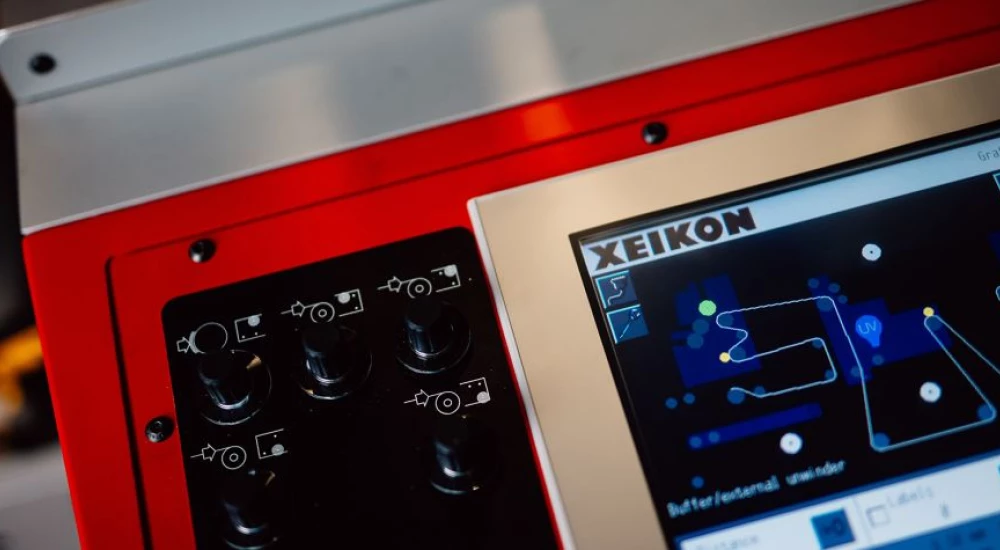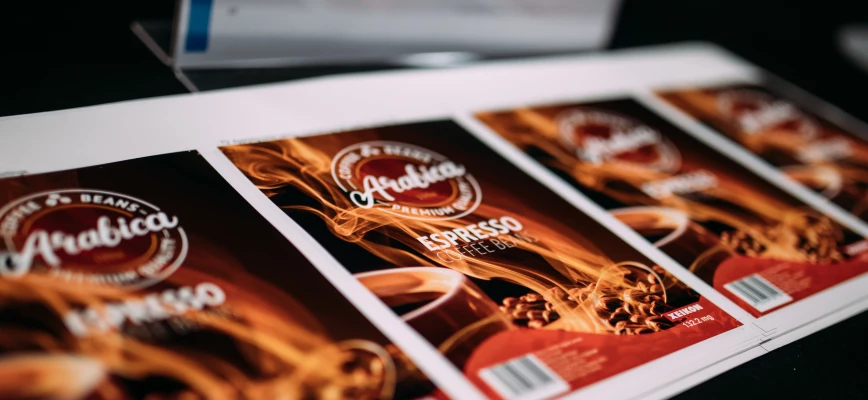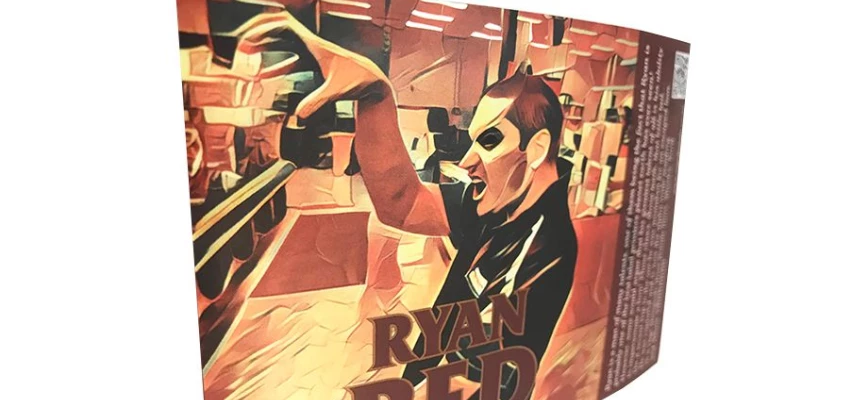18/05/2016
by Danny Mertens
Job order versus job design workflow
The workflow of a digital label printing business consists of two parts: the job order workflow (administration) and the job design workflow (artwork). The first consists of processes that have to do with job orders and specifications which affect the entire company; the second one involves the actual design of what is to be printed. In this blog article we will focus on the job order workflow.
Before we start though, a word of warning. Optimizing the workflow means changing certain things that aren’t working properly. Some people within your business might be opposed to that. However, keep in mind that it is in the company’s best interest. Before any change can occur make sure your entire staff knows what is coming and try to get them involved. Only then will you be able to change things around and lift your business to the next level.
Optimizing the job order workflow
Delivery times and account management
Once your flow chart is ready and you know what the current process looks like, it is time to have a closer look at how the different print jobs fit in the flow chart. Typically, the goal is to have very short delivery times for short run digital work with minimal account management times. Here is an overview of what you should be aiming for in terms of delivery times and account management./ Type of jobs
1- Long run - single variation (flexo)
- Delivery across multiple days
- Account management vs production time is relatively short
2 - long run, Multi variation
- Shorter delivery times, possibly spread in time, depending on volume
- Account management requires more time then production
3 - Short run - single variation (digital)
- Very short delivery times
- Minimal account management
Many label converters struggle to keep turnaround times short, simply because the paper work is taking up too much time and effort. Very often, in those cases, the production process is configured for conventional printing, completely ignoring the specific nature of digital printing.
How to speed up delivery times?
To change things around, companies can do quite a lot of things. Reducing the number of steps between order intake and printing is a good strategy to move things forward. Even better, although more expensive, is implementing a professional Management Information System (MIS). This will allow you to re-evaluate every aspect of the workflow and give you valuable data which you can use to determine your pricing policy. With an MIS you can finally start making decisions based on facts and figures, rather than gut feeling.
With an MIS you can finally start making decisions based on facts and figures, rather than gut feeling.
The W&R Etiketten case
The Xeikon 3300, for example, is fully compatible with CERM MIS and Esko prepress workflow, a benefit Dutch label converter W&R Etiketten takes full advantage of everyday. “We needed to seriously increase the number of jobs we produced to keep our turnover at the same level,” says Managing Director, Jack Willemsz. “However, our account managers would still need the same amount of time to manage each order. So we needed to bring down our cost per order in another way – and that meant automating and standardizing our processes as much as possible.”
And that’s where CERM and Esko got involved. W&R Etiketten needed to connect the existing MIS and the prepress to handle the increasing number of jobs. CERM and Esko have developed a prepress automated workflow featuring an intelligent JDF connection for the label industry ensuring all job information is entered once and is used throughout the whole production process. There is no more need for two separate systems that both have to be updated every time new information is added – for changes or approvals, for example. W&R Etiketten also opted for the Esko RIP as this means they can now manage color and quality for both the digital and conventional production processes from one source.
“By the end of the year, we will be able to send information to, and retrieve data from, the conventional presses via the MIS-press counters and the Shop Floor Data Collection module,” Jack Willemsz says. “This will enable us to get even tighter control of production and increase efficiency.”
By the end of the year, we will be able to send information to, and retrieve data from, the conventional presses via the MIS-press counters and the Shop Floor Data Collection module. - Quote Jack Willemsz
Workflow optimization takeaways



